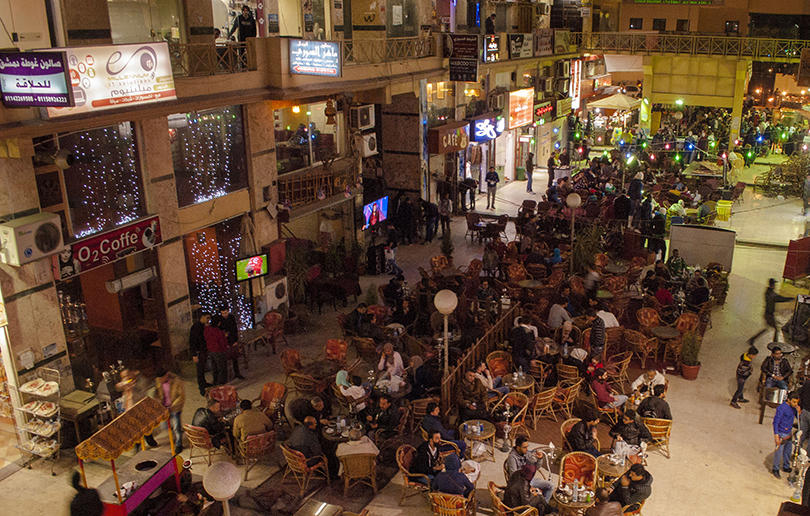
According to the United Nations High Commission for Refugees, there are 65.3 million people around the world today who have been forced from their homes, including 21.3 million refugees—the highest levels of displacement on record. As World Refugee Day arrives this June and brings heightened attention to refugees and the situations they face, below are several examples of recent projects by Pratt students and faculty from across the Institute who have been working on ways to address the challenges faced by this growing population and also learn from its resilience.
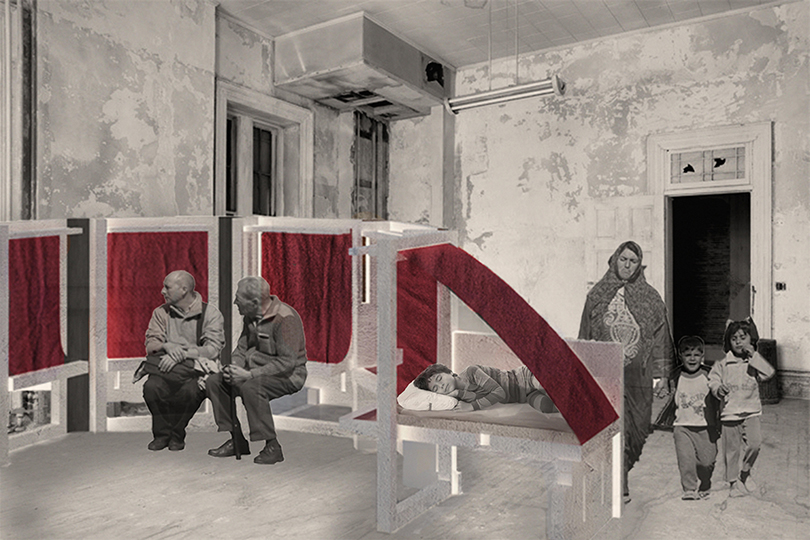
Emergency Refugee Shelter: Sanjana Paramhans (B.F.A. Interior Design ’16)
For her senior thesis project, interior design student Sanjana Paramhans focused on refugee resettlement with the goal of designing an emergency shelter that would be a sanctuary for those who are displaced. Her concept aims to address the need for a sense of permanence in a temporary situation lasting from a few days to several months. The shelter is easily packaged and shipped, and is designed to be assembled by two people in an hour without using any electrical hardware. Lightweight yet durable, the module can be arranged in a multitude of ways that can accommodate both single occupants as well as larger families. To ensure privacy, the shelter incorporates a roof that transforms the module into a home-like structure when fully operational. The project has been featured in The Better India, The Quint, and India Retailing.
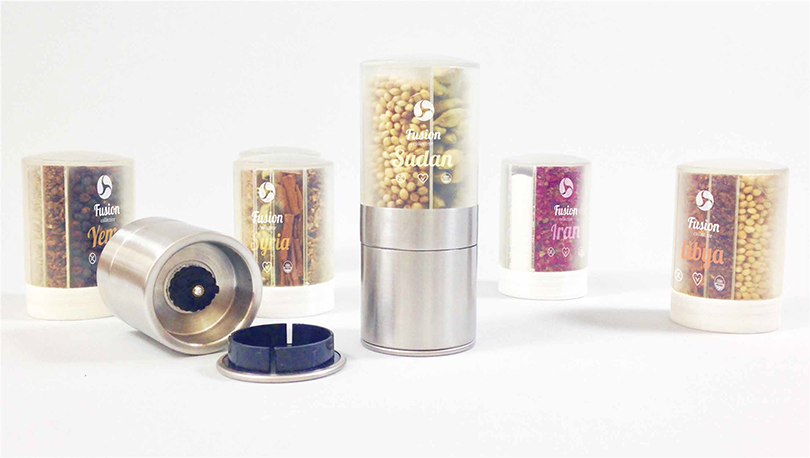
Using Food to Break Down Barriers: Maya Seetharaman (M.I.D. ’17)
Industrial design student Maya Seetharaman’s graduate thesis project explores how design can help refugees and local residents better understand, empathize, and connect with one another through food experiences, which she feels serve as a social glue across different cultures. Seetharaman created the Banned Blends Tabletop Multi-spice Grinder, which grinds spice blends from Libya, Yemen, Sudan, Iran, and Syria. The grinder offers a tangible introduction to her larger initiative, Fusion Collective, which is a social innovation platform designed to promote connections between newcomers and local residents through creative cooking and fusion cuisine experiences. The platform provides participants with the opportunity for cultural exchange through hosting or attending cooking workshops, as well as by creating new products and recipes around the fusion theme. Through both the tabletop grinder and Fusion Collective, Seetharaman hopes that social connections can be made and new cultural experiences can be brought to a wider audience across the United States.
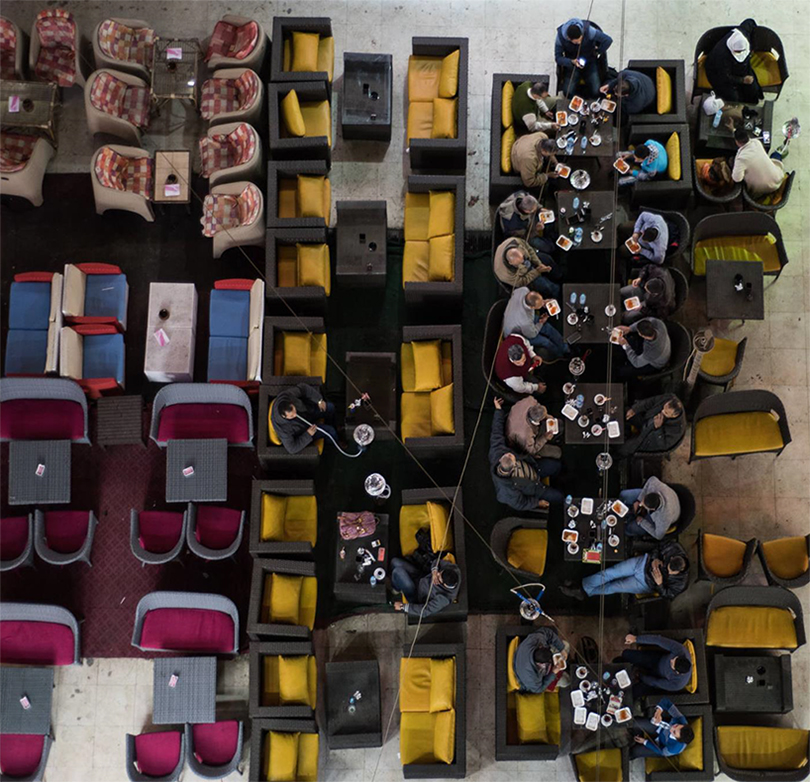
A Syrian Refugee Community as a Model of Public Space in One of Egypt’s New Towns: Amira Badran (M.S. Urban Placemaking and Management ’17)
Amira Badran (M.S. Urban Placemaking and Management ’17) found a successful model for public space in the Syrian refugee community-led neighborhood of Al Hossary, known as “Little Damascus,” in 6th of October City outside Central Cairo. According to Egyptian government statistics, almost half a million Syrians are estimated to have gone to Egypt since war erupted in Syria in 2011, and Greater Cairo’s new desert cities are growing in population despite a deficiency in people-oriented planning and design. Through her research and fieldwork in Little Damascus, Badran identified a framework for governance, design, and management of public spaces that has the potential to be expanded to new urban communities in Cairo’s desert cities. From the vibrant Syrian restaurants and shops that line the pedestrian-friendly streets of the neighborhood to the power of cultural programming and other activities, Badran’s research spotlights Little Damascus as a model for economic and social development, and for turning space into place.
Diversity Lessons in the Classroom: Luka Lucić, Assistant Professor, Department of Social Science and Cultural Studies
Luka Lucić, Assistant Professor in the Department of Social Science and Cultural Studies and Associate Director of the Global South Center, has conducted a number of studies on the psychological development of refugees from the Balkan wars of the 1990s and, in the last few years, Syria. His recent work focuses on diversity among the student body in the schools of host countries—one of many changes brought about by the recent increase in global migration. In his recent article published in the journal Pedagogy, Culture & Society, “Changing landscapes, changing narratives: socio-cultural approach for teaching global migrants,” Lucić explores narrative-based cultural tools for structuring teaching and learning to support transnational development of immigrant children and foster intercultural understanding within the classroom.
The work profiled in the article explores the topic of migrant education in light of today’s new media technology (such as the Internet and smartphones)—which allows young migrants to interact with peers and others in both their native and host societies. For example, relying on tools such as interactivity in the process of curriculum design can assist teachers to promote transnational development of immigrant students by structuring assignments in a way that allows them to access and interact with knowledge networks within their host and home countries. In addition, Lucić explains how fostering intercultural understanding can allow teachers to decentralize dominant opinions by introducing viewpoints and alternative positions that enable the development of all students (migrant and non-migrant alike) by asking them to consider, make sense of, and understand diverse cultural practices and perspectives.
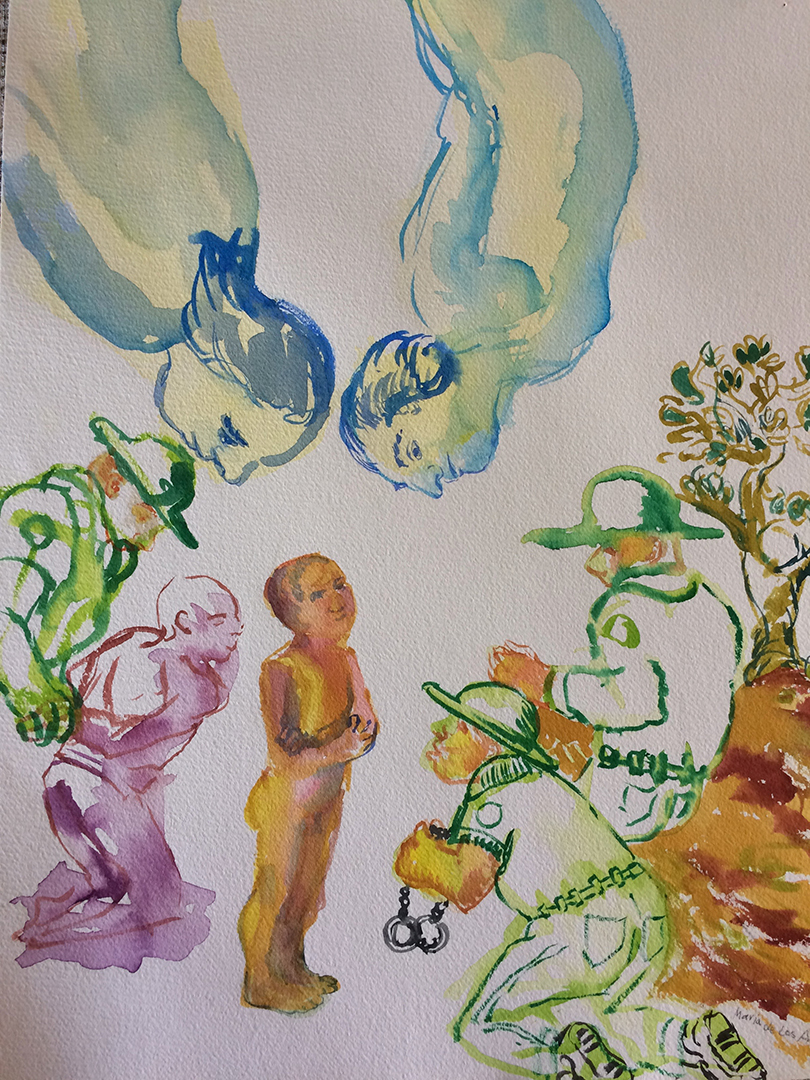
Art, Activism, and Immigrant Stories: Caitlin Cahill, Associate Professor, Department of Social Science and Cultural Studies
This spring, Associate Professor in the Department of Social Science and Cultural Studies Caitlin Cahill organized two “Art as Resistance” events that explored the role of art in responding to discrimination and other challenges that immigrants and refugees face. The programs featured a presentation and talk by Latina artists Ruby Chacón and Pratt alumnus/Instructor Maria de Los Angeles (B.F.A. Fine Arts ’13); and a discussion between these artists, poet Jive Poetic (M.F.A. Writing ’17), and activists from the social justice organization Make the Road New York. Participants also included Visiting Associate Professor in History of Art and Design Janice Robertson and Pratt students from across disciplines. Focusing on stories of migration, displacement, identity, family, and heritage, the events revealed some of the complexity of experiences and stories of the immigrant community, exploring how art can document the struggle for survival and the right to exist alongside the personal experience of emotions that range from desire to joy. The events were part of the Institute’s cultural and educational RiDE series.
Images: (top to bottom): The “Syrian Street” in 6th of October City (photo by Jihad Abaza); Emergency Refugee Shelter by Sanjana Paramhans (B.F.A. Interior Design ’16); Banned Blends Tabletop Multi-spice Grinder by Maya Seetharaman (M.I.D. ’17); The “Syrian Street” in 6th of October City (photo by Jihad Abaza); Maria de Los Angeles (B.F.A. Fine Arts ’13), © They Came from Above